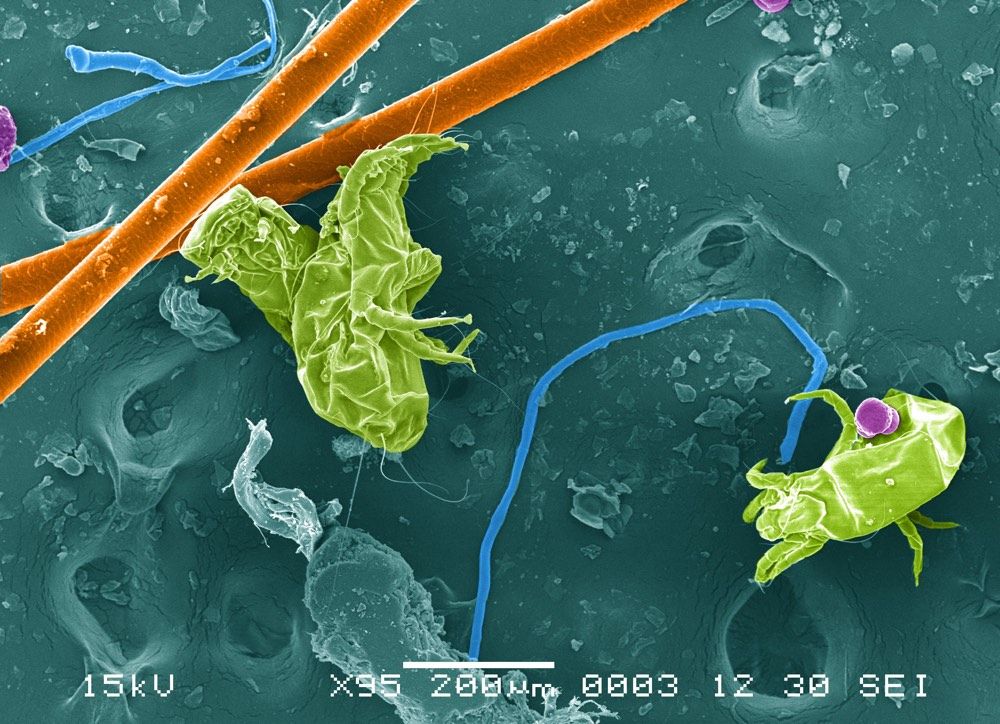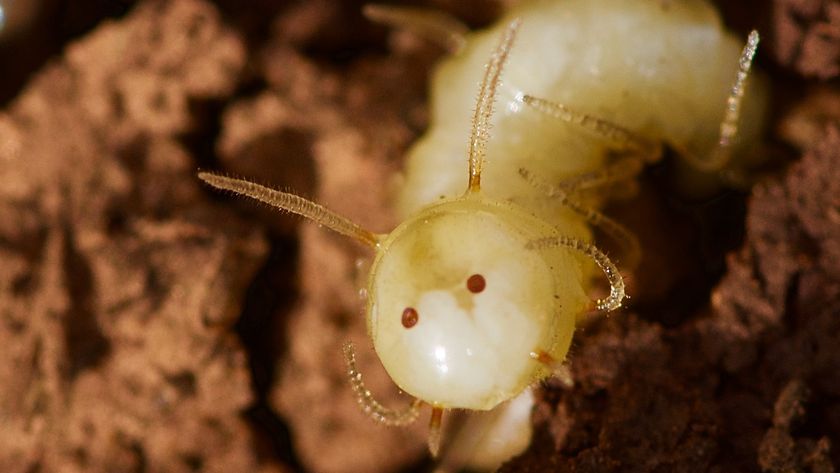An Entire Ecosystem of Creepy-Crawlies May Lurk in Your Home

Look out, Northeasterners: There's a new cockroach in town.
A new analysis of the insects, spiders and other creepy-crawlies in homes across the United States reveals that the Turkestan cockroach (Shelfordella lateralis), a small introduced species native to Asia, has spread beyond homes in the U.S. South and West and now lives in Northeastern homes, too.
The researchers also found a wide diversity of indoor arthropods, a group of animals with exoskeletons that includes insects and spiders. Although 72 percent of homes in the study had fewer than five genuses (also written as "genera," the taxonomic unit above species), some had as many as 40. Three factors that were linked with more diversity included living in a rural area, having a basement, or owning a cat or a dog.
"Some of the insects that we find in basements tend to be those that used to live in caves back in the day, so they might be living in our homes as the modern-day cave," said study leader Anne Madden, a postdoctoral researcher at North Carolina State University. [Photos: 15 Insects and Spiders That May Share Your Home]
Benign roommates
Most research on indoor insects has focused on pest species, like termites, or species that cause allergies, like dust mites, Madden told Live Science. Some in-depth research on homes in the Raleigh, North Carolina, area, however, had revealed a wide variety of benign species living in cracks and crevices.
Those studies, however, "involved a lot of hours per home of entomologists crawling around on the ground, picking up bugs with tweezers," Madden said. That wasn't feasible for a nationwide survey.
The researchers turned to citizen science instead. They recruited owners of 730 houses across the country and had them run a swab along the upper doorframe in the main living area of their homes and outside the front door. This created a sample of the home's dust, Madden said — and that dust contains insect feces, fragments of exoskeleton and other little DNA-containing "footprints" that enable researchers to see what species have passed through.
Sign up for the Live Science daily newsletter now
Get the world’s most fascinating discoveries delivered straight to your inbox.
"It is really just two Q-tips, a quick swab, and we got so much information," Madden said.
Domestic food webs
That DNA information revealed 600 genuses of arthropods inside the homes studied. Many were well-known denizens of the indoors: tiny dust mites (Dermatophagoides), pet-hair-eating carpet beetles (Anthrenus), fruit flies (Drosophila) and Indian meal moths (Plodia).
Others were more surprising. Aphids (Aphis), which eat plants, were found in more than 10 percent of homes. In many homes, there were also traces of tiny parasitoid wasps, which lay their eggs inside aphids. And ladybugs, which prey on aphids, were also found indoors.
"We're seeing food webs play out within our own homes," Madden said. "We're seeing predator, prey, parasitoids, all within these dust samples."
The Turkestan cockroach has been in the United States since at least the 1970s and is easy to buy over the internet as food for lizards and snakes. Madden and her colleagues weren't surprised to see that it had spread farther than scientists had realized.
Outdoor temperatures and precipitation didn't explain the level of diversity in homes, but rural homes had 50 percent more diversity than urban homes, the researchers reported Nov. 1 in the journal Molecular Ecology.
The findings could have implications for human health, Madden said. Owning a pet in childhood is associated with fewer allergies in adulthood, she said, possibly because of the bacteria animals harbor — and maybe also because of the insects they bring home.
"Our study is suggesting that if you're bringing in these pets, you're also bringing in a whole diversity of arthropods," Madden said. "In the future, it will be informative to human health to tease apart how the diversity of organisms that we live with impacts our health."
Original article on Live Science.

Stephanie Pappas is a contributing writer for Live Science, covering topics ranging from geoscience to archaeology to the human brain and behavior. She was previously a senior writer for Live Science but is now a freelancer based in Denver, Colorado, and regularly contributes to Scientific American and The Monitor, the monthly magazine of the American Psychological Association. Stephanie received a bachelor's degree in psychology from the University of South Carolina and a graduate certificate in science communication from the University of California, Santa Cruz.
Most Popular




